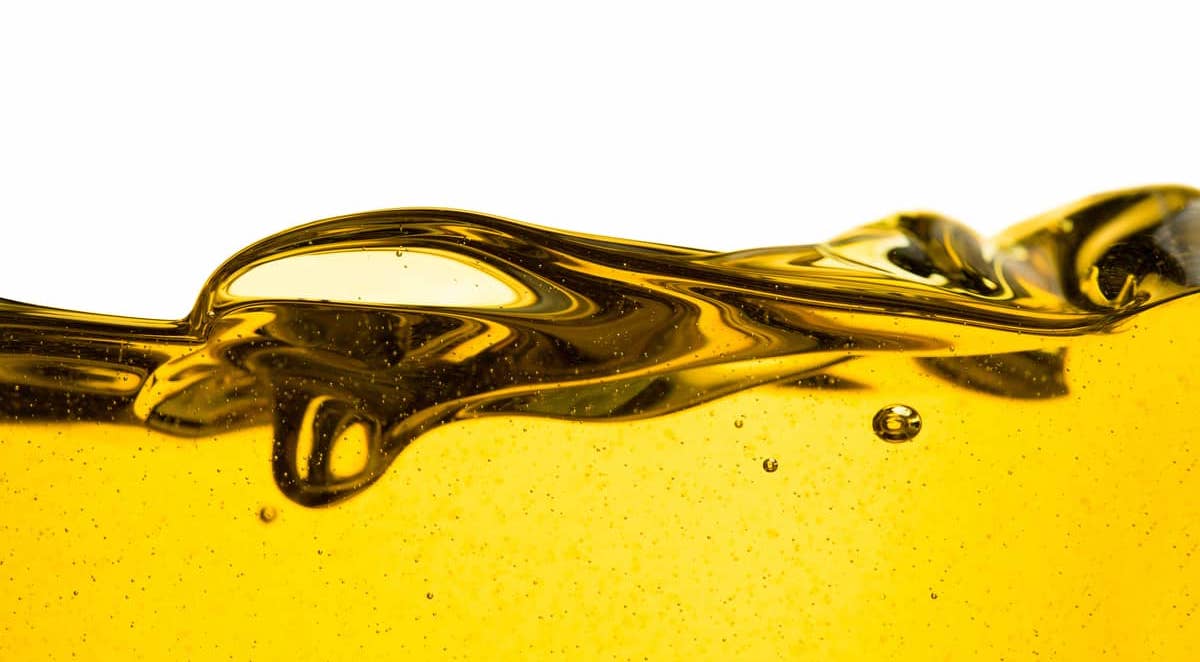Lube Me Up, Doc!
We now get this request from many patients with injured and arthritic joints. The pre-ski season lube job is helping some of these people delay a joint replacement. What has changed?

The two natural lubricants of all human and animal joints are hyaluronic acid and lubricin. These carbohydrates provide a slickness measured at five times the slickness of ice on ice. Thanks to these lubricants, which act as a thin barrier protecting the normal articular cartilage ends of bones, our joints can last a lifetime. Once injured, though, everything changes. Friction increases, breaking off microscopic parts of the cartilage. This irritates the thin synovium membrane lining the joint, which then produces inflammatory fluid. The person notices this as a swollen joint.
Chondral damage (i.e., to the knee’s lining cartilage) from sports injuries makes up one part of the injured joint story. Arthritis—the wearing away of the cartilage surfaces—makes up a larger part. With inflammation, the joint’s chemistry changes, shifting from a balanced environment to a degradative one. The enzymes in the degradative environment accelerate the destruction of the cartilage, and arthritis accelerates.
This downward spiral of joint degradation from injury and disease has many options for treatment. Our bias is to always replace missing meniscus, regenerate damaged articular cartilage, and reconstruct failed ligaments whenever reasonable to do so. The reason for this is that bad biomechanics (from the loss of the shock absorbers or the ligamentous stability) reliably destroys the good biology around it. When car tires are low on air or misaligned, rapid wear on the vehicle occurs.
But when repair is not possible or even desirable (a great ski season is often the reason), all of our non-operative tools are called into action. Extra joint lubrication has recently risen to the top of these therapies because the lubricants can now be augmented with growth factors, cytokines, and chemotactic factors.
Here is why they help. The natural lubricants—hyaluronic acid and lubricin—are produced by the synovial cells lining the joint. Those cells can now be stimulated to produce excess lubrication. In the past, when we injected only hyaluronic acid, the benefit lasted a few weeks to a few months. Some patients responded, and others did not. Now, by adding a cocktail of anabolic stimulants, the joints can continue receiving lubricant long after the injection is placed. Additionally, the factors found in PRP (and other human additives) vastly enhance the healing process. They recruit the body’s own stem-derived self-repair cells, increase the production of positive anabolic factors, inhibit degradative factor production, and modify the immune cells and macrophages that migrate to the body’s sites of injury.
The lubrication cocktails of today use the body’s own healing ability to improve the biology and chemistry of injured and arthritic joints. Patients who respond—and most do—experience relief that, while variable, is often in the 6-12 month range. This relief is often so strong that surgery is delayed—certainly until after a great powder ski season, or golf season, or Pickleball season (which, these days, is all year long).
My only real worry is this: Am I encouraging our patients to further destroy their joints, which continue to degrade—even though they no longer produce the warning signs of pain and swelling? To put it another way: Am I doing harm by doing good?
